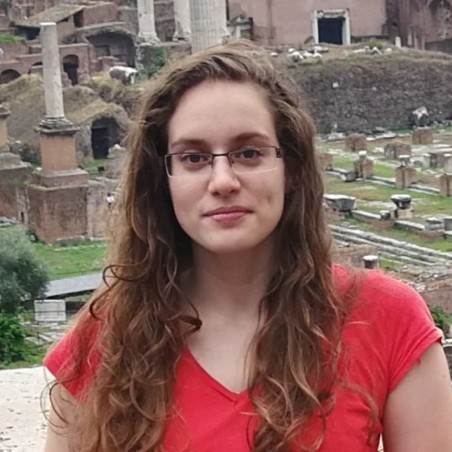
Hila Manor
I am a PhD candidate at the Electrical and Computer Engineering department of the Technion, under the supervission of Prof. Tomer Michaeli.
I received my BSc (Summa Cum Laude) in Electrical and Computer Engineering at the Technion as well.
My research interests lie in the field of deep learning, with a focus on generative models. I am particularly interested in exploring their applications, interpretability, and reliability.
You can contant me at hila dot manor at campus dot technion dot ac dot il.
Publications
Guy Ohayon*, Hila Manor*, Michael Elad, Tomer Michaeli
Denoising Diffusion Codebook Models (DDCM) is a novel (and simple) generative approach based on any Denoising Diffusion Model (DDM), that is able to produce high-quality image samples along with their losslessly compressed bit-stream representations. DDCM can easily be utilized for perceptual image compression, as well as for solving a variety of compressed conditional generation tasks such as text-conditional image generation and image restoration, where each generated sample is accompanied by a compressed bit-stream.

Chen Zeno, Hila Manor, Greg Ongie, Nir Weinberger, Tomer Michaeli, Daniel Soudry
We study the score flow and the probability flow of diffusion models, and show that for simple datasets and using shallow ReLU neural denoisers both flows follow similar trajectories, converging to a training point or a sum of training points. However, early stopping by the scheduler allows probability flow to reach more general manifold points. This reflects the tendency of diffusion models to both memorize training samples and generate novel points that combine aspects of multiple samples, motivating our study of such behavior in simplified settings.
Hila Manor, Tomer Michaeli
We presents two methods for zero-shot editing of audio signals using pre-trained diffusion models, for both general audio and music signals. The first method uses text guidance to modify the signal according to a desired text prompt. The second method involves discovering semantically meaningful editing directions in the noise space of the diffusion model in an unsupervised manner, based on our previous work.

Hila Manor, Tomer Michaeli
We presents a novel method for estimating and visualizing the uncertainty in image denoising tasks, using only a pre-trained denoiser and its derivatives. We first derive a relation between the higher-order posterior moments and the higher-order derivatives of the posterior mean, which is the output of the denoiser. Then we use this relation to efficiently compute the principal components of the posterior covariance, as well as to approximate the full marginal posterior distribution along any 1D direction. Our method reveals meaningful semantic variations and likelihoods of the possible reconstructions, in a variety of domains and denoiser architectures.


Noa Cohen, Hila Manor, Yuval Bahat, Tomer Michaeli
We observe that current image restoration algorithms do not fully capture the diversity of plausible solutions. Following that, we initiate the study of meaningful diversity in image restoration. We explore several post-processing approaches for uncovering semantic diversity in image restoration solutions. In addition, we propose a method for diversity-guided image generation using diffusion models.

Teaching
Deep Learning Lab
Students develop a comprehensive understanding of various fields in deep learning through hands-on experimentation. We explore the basics, CNNs, self-supervised learning, NLP, and diffusion models.
Image Processing Lab
The lab is focused on classical image processing, and provides practical hands-on experience covering a range of concecpts, such as compression, image registration, and total variation techniques.
The course focuses on fundamental problems in computer vision describing practical solutions including state-of-the-art deep learning approaches.
High-Speed DSL Lab
In the lab we explore signal integrity on transmittion lines in PCBs, by investigating reflections of signals and jitter, both in simulation and on physical boards.